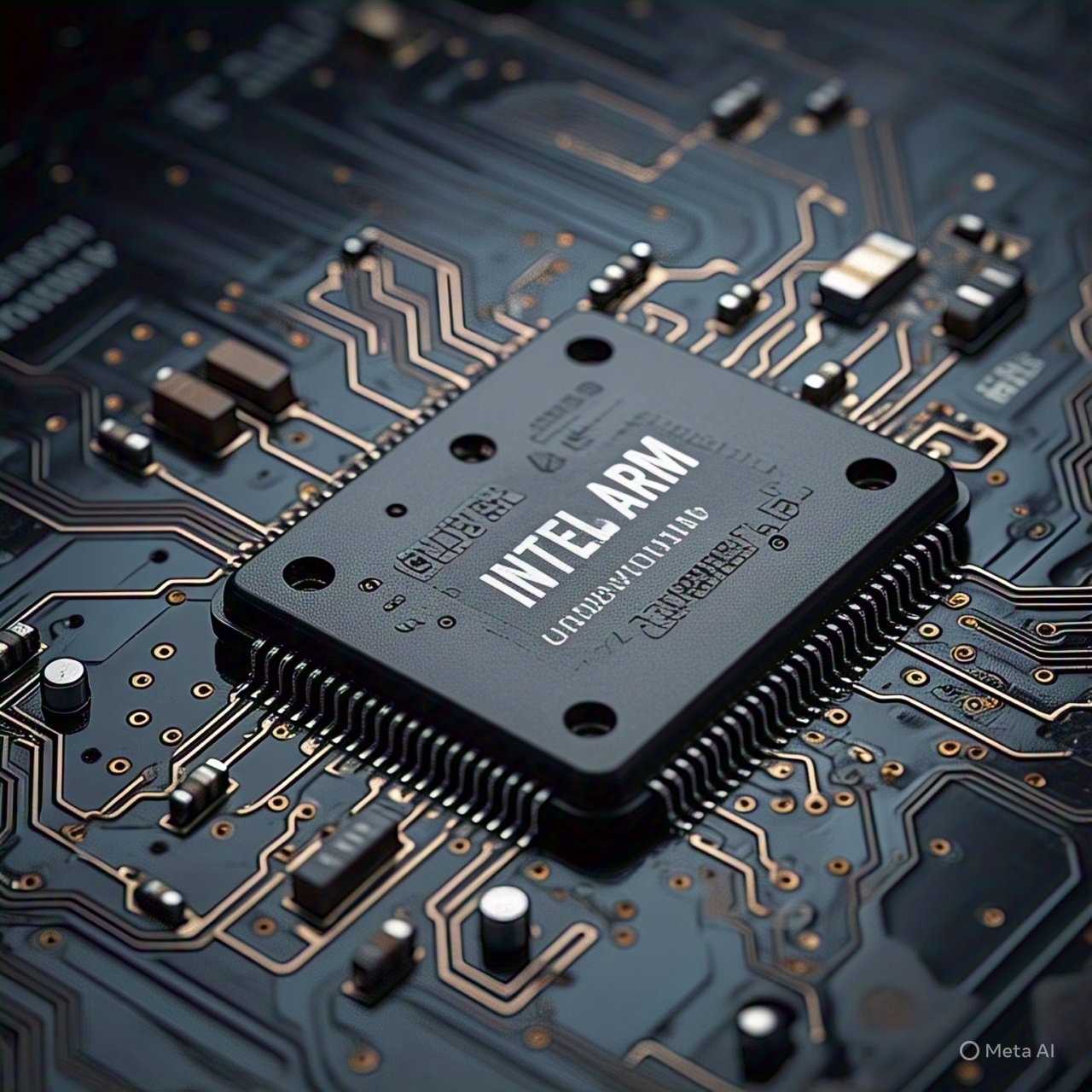Security researchers have uncovered new transient execution vulnerabilities, similar to Spectre, that affect a wide range of modern CPUs from Intel, ARM, and Apple Silicon. These flaws allow attackers to exploit speculative execution for unauthorized data access, prompting urgent microcode updates, OS patches, and mitigation guidelines across industries.
🔍 What Happened?
A new wave of CPU vulnerabilities has been discovered in Intel, ARM, and Apple Silicon processors. These flaws fall under the category of transient execution attacks, where the processor runs instructions out of order or speculatively—before it knows they’re needed—to make computers faster. Hackers can now exploit this behavior to steal private data such as passwords, session tokens, encryption keys, or even memory contents from other apps.
These vulnerabilities are not just theoretical. Security researchers from top universities, including ETH Zurich, have provided real working proof-of-concepts. These attacks bypass previously deployed patches, making the problem even more serious.
🧠 Understanding Transient Execution Vulnerabilities
Transient execution is a term used to describe a range of CPU behaviors where instructions are speculatively executed. This speculative execution is a normal part of how modern processors boost performance. But here’s the problem—during these brief moments, data that should remain protected can be leaked to hackers through subtle hardware behaviors.
These attacks are often called side-channel attacks. That means instead of directly breaking into the system, the attacker observes tiny differences in hardware behavior, like timing or power usage, to deduce secrets.
🧬 New Vulnerability Names & Concepts
Several new transient execution-based vulnerabilities have been disclosed in 2025:
🛠️ Branch Privilege Injection (BPI)
This technique abuses the branch predictor during context switching between different privilege levels. It targets Intel CPUs and allows an attacker to execute speculative instructions across these privilege boundaries. This can leak sensitive data at speeds up to 5 KB per second—enough to dump valuable content in seconds.
🧪 uSpectre
This is a newly discovered form of speculative attack that leverages microcode-level mispredictions. Microcode is the low-level firmware that tells CPUs how to behave. When that mispredicts something, an attacker can carefully craft a scenario where secret memory is revealed.
🧊 SLAP & FLOP Attacks on Apple Silicon
SLAP and FLOP target Apple’s load-value prediction hardware. By making Apple CPUs \guess wrong\ on which value will be used in the next step, attackers can extract user data from Safari, Chrome, or any active app. These attacks especially threaten M1, M2, and newer Apple chips.
🎯 TikTag on ARM
Though disclosed in 2024, TikTag remains relevant in 2025. It uses speculative execution to bypass ARM’s Memory Tagging Extension (MTE). This attack exposes tag bits and leaks memory layout information, which is crucial for hackers when launching other attacks.
💻 Who Is At Risk?
Almost everyone using a modern computing device is affected:
Intel Users: Anyone using systems with Skylake, Coffee Lake, Alder Lake, Raptor Lake, and the latest CPUs is at risk. This includes most modern PCs, laptops, and servers.
Apple Users: All devices powered by Apple Silicon, including MacBooks, iMacs, and iPads, are vulnerable to SLAP/FLOP attacks.
ARM Users: Phones and tablets with modern ARM processors, especially those using MTE, are also impacted.
Cloud Providers: Multi-tenant cloud systems where virtual machines run side by side are especially vulnerable, as attackers could jump from one VM to another by manipulating speculative execution.
🛡️ What Can Be Stolen?
These attacks don’t rely on software bugs—they exploit hardware-level logic, so firewalls and antivirus tools can’t stop them.
Hackers can steal:
- Login sessions and cookies from browsers
- Passwords typed in a terminal or stored in memory
- Cryptographic keys from secure apps
- Private chat data or emails opened on your system
- System kernel memory and process data
Even systems that were previously patched for Spectre and Meltdown can fall victim to these updated attack methods.
🧰 Available Fixes & Mitigations
Fixes are being issued by hardware manufacturers, operating system developers, and cloud providers. Here’s what users should do:
🔧 Intel Fixes
Intel has rolled out microcode updates and is working with OS vendors to harden protections. Newer chips are receiving firmware updates that apply stronger Spectre v2 mitigations, but some features like eIBRS and IBPB need to be properly configured.
Some performance hit is expected—between 3% to 10%—depending on system use and mitigation level.
🖥️ Apple Fixes
Apple has already applied silent security patches to Safari and macOS. Their mitigations reduce speculative mispredictions, making SLAP/FLOP less effective.
Make sure to update to the latest iOS or macOS version immediately.
📲 ARM & Android Fixes
Android vendors and ARM developers are pushing updates to fix TikTag-style leaks. These include turning off specific prefetch instructions and limiting speculative paths. Some fixes are also included in Linux kernel 6.9+, so users should update quickly.
🚨 Why You Must Act Quickly
These attacks are highly stealthy. There’s no alert, crash, or slowdown to indicate your system is under attack. The attacker just needs to trigger a few carefully designed operations and start reading memory that should be protected.
In a shared environment like offices, data centers, or cloud platforms, these attacks can leak cross-user data. If a malicious user gets access to a virtual machine or script-running environment, they could use it to spy on others—even from afar.
🏁 Final Thoughts: Performance vs. Security
Every time we try to make processors faster, we open new risks. Modern CPUs have become incredibly complex, and performance shortcuts often create unintended security flaws.
This new wave of transient execution attacks proves that Spectre never really went away. It simply evolved. Now it's hitting harder and targeting even newer processors.
To stay protected, follow these guidelines:
Keep your firmware updated regularly
Install all recent Windows/macOS/Linux security updates
Be cautious with cloud environments and container security
Encourage your workplace to adopt a “patch fast” culture
Security is not a one-time effort. As long as CPUs speculate and execute tasks faster than your software can understand, side-channel attacks will remain a challenge.
🧷 Summary
The newest wave of CPU-level vulnerabilities shows how deeply tied performance and risk have become. While these exploits are incredibly technical, their real-world impact is simple: your sensitive data is at risk if you don’t update.
Even the latest devices from the top three chipmakers are not immune. That means every desktop, laptop, phone, or cloud server you use may be vulnerable—unless patched.
The war between hackers and defenders continues, and right now, the battleground is inside your CPU.

















Comments 0